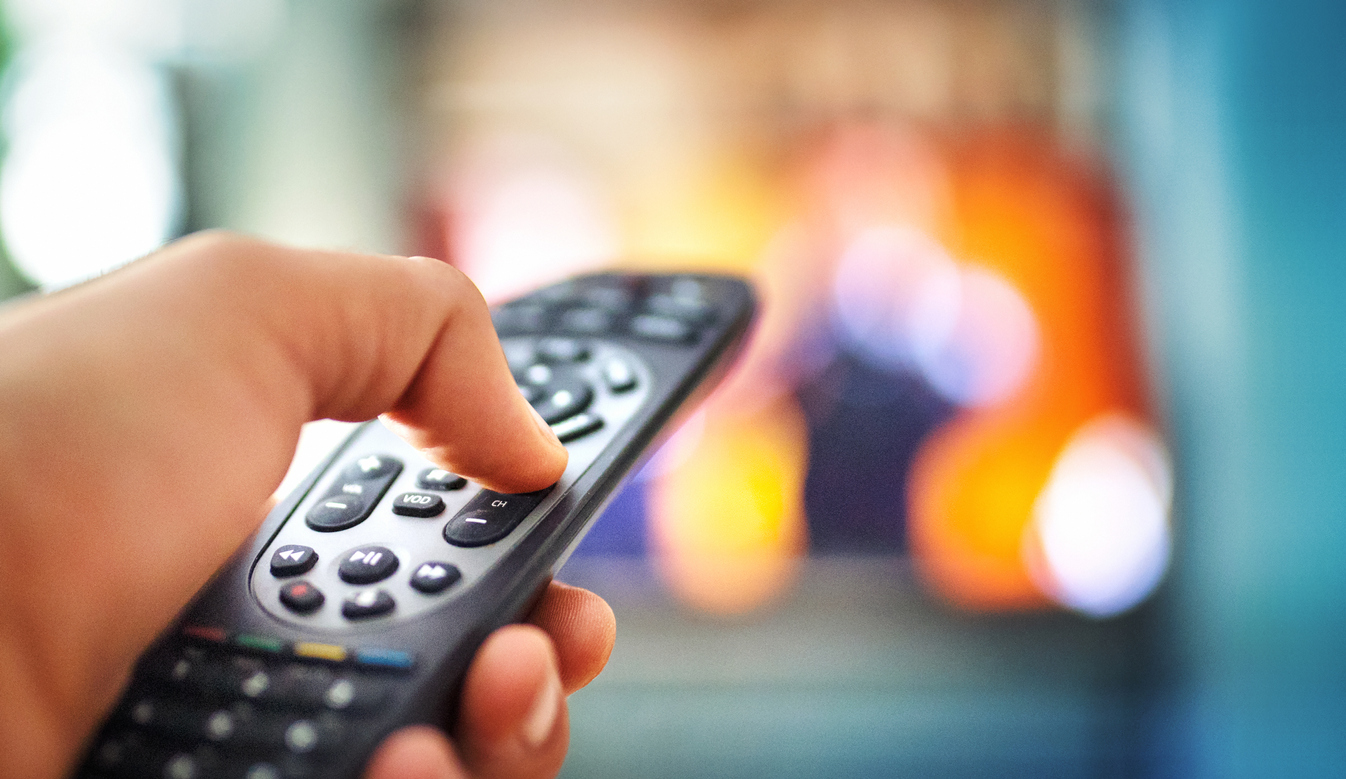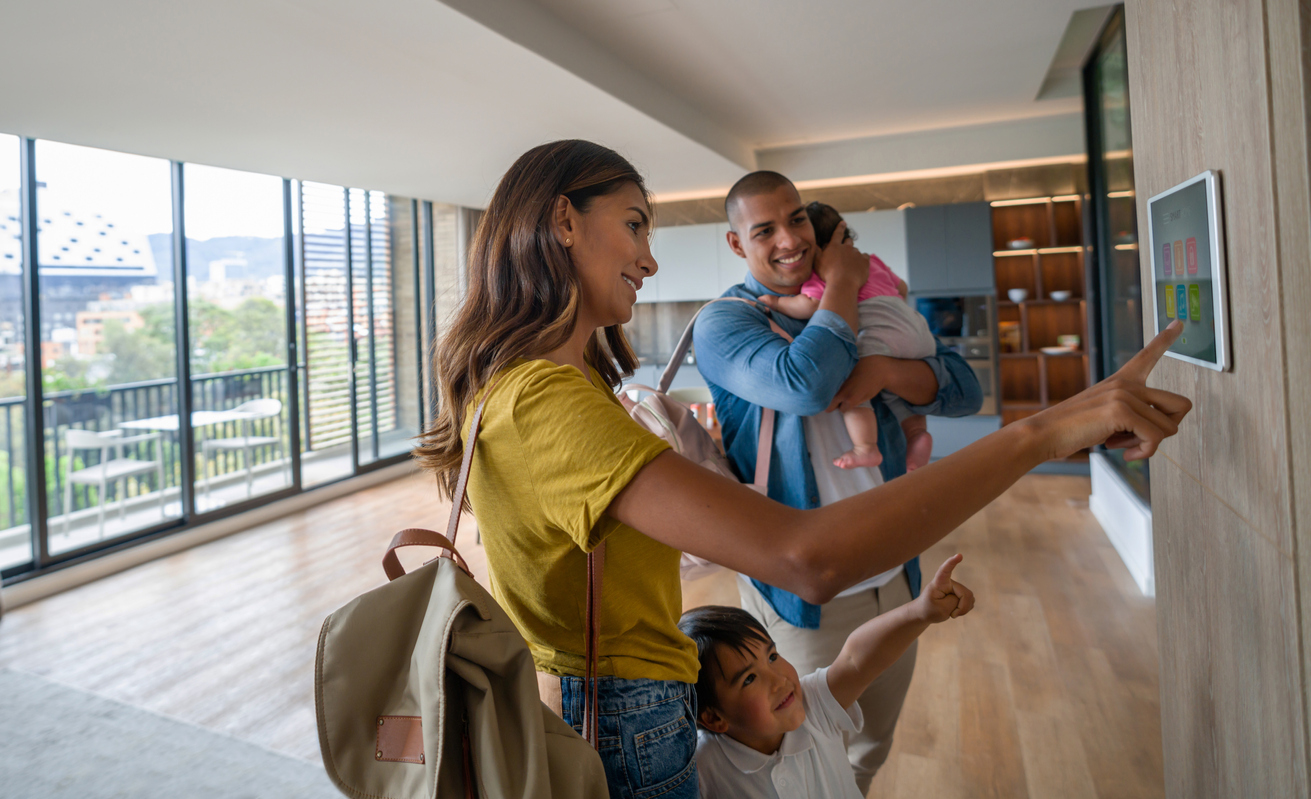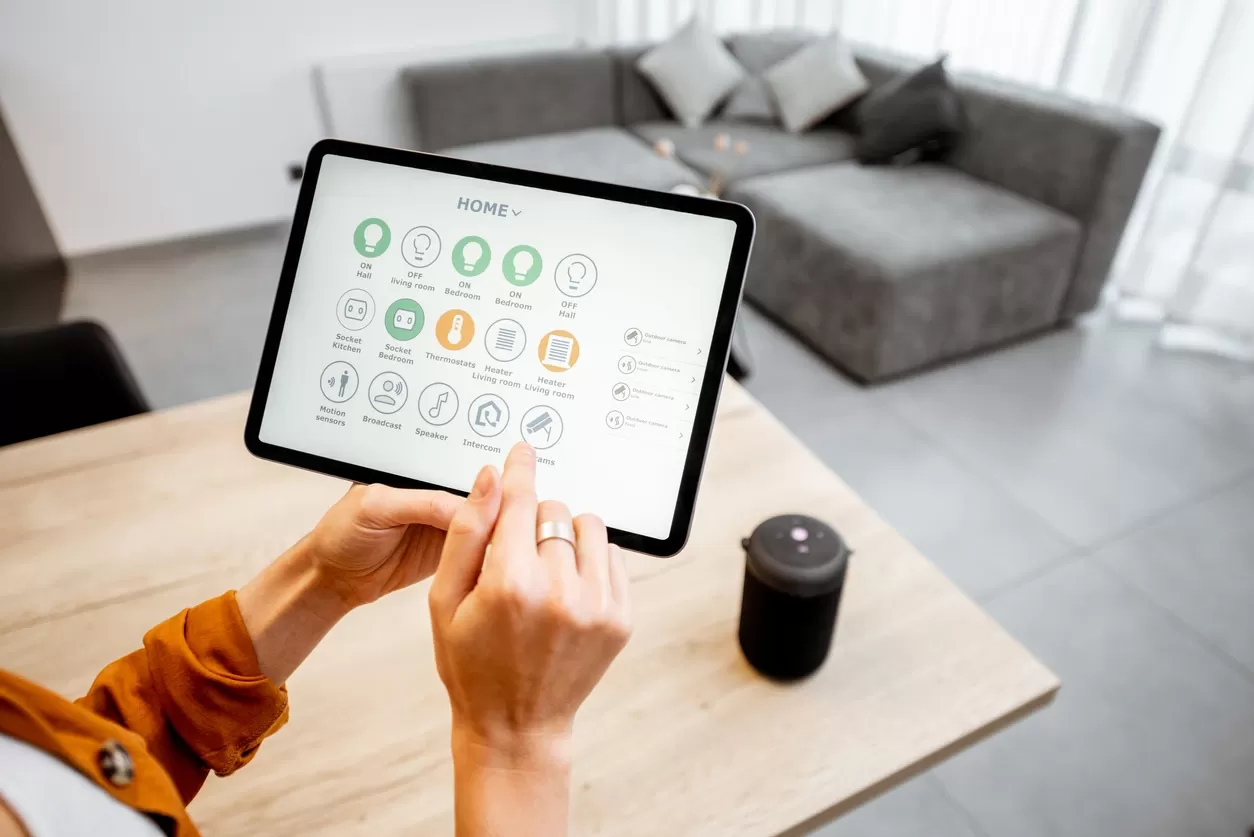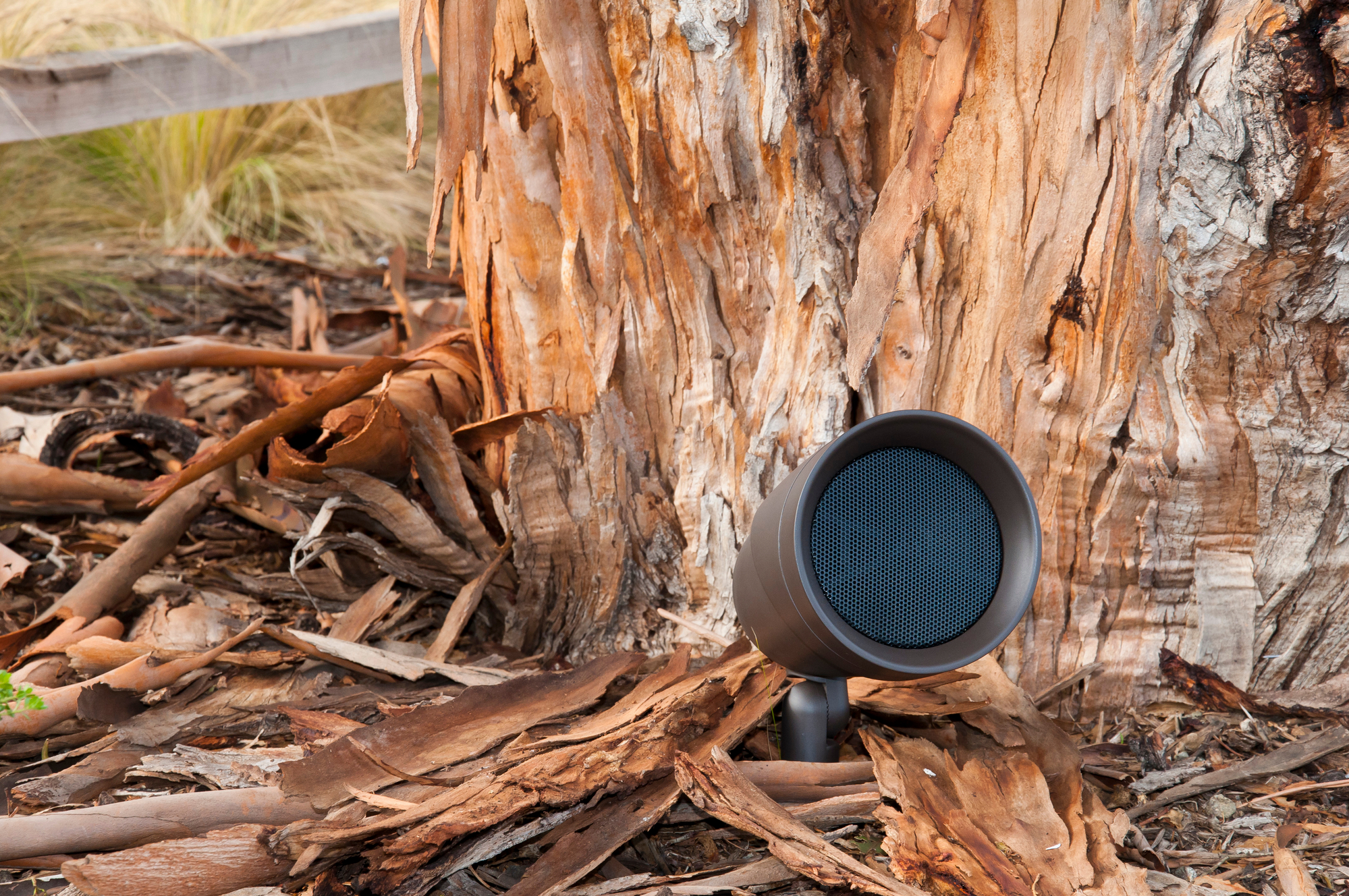What are the Benefits of Smart Home Touch Control Panels and Remotes?
Where It All Began

Many of the smart home manufacturers that have been in the game for a while started, at least to some degree, with a more modest aim than automating your home. They started by making it easier to operate your TV and all the various devices that you had plugged into it. Essentially, they started with creating a universal remote.
As technology advanced, broadcast television was no longer the only thing to watch on your fancy color TV. We added cable boxes, VCRs, Ataris, surround receivers, and more. Each one of those devices generally came with its own remote control. Simplicity gave way to a plethora of button-filled devices strewn across the coffee table, challenging you to decode the correct sequence of button presses to turn on the nightly news.
Universal remotes fixed all that. That original mess of remotes got shoved in a drawer, replaced by a simple and intuitive device that only required a single button press to bring everything to life. It wasn’t long before people started wondering… what else could we control with this thing?
Smart Home Meets Smartphone
Smart home manufacturers expanded past the media room to control lighting, shades, security, HVAC and more. Universal remotes were joined by proprietary touch screen panels, some in-wall and some wireless, to simplify the operation of these increasingly sophisticated systems. Touch screen technology was pretty new. It was also pretty expensive which contributed to making the smart home a strictly luxury product.
The release of the iPhone, and later the iPad, brought the price of touch screen devices way down. Smart home manufacturers started to look at how they could leverage these mobile devices to enhance their own offerings. They released apps that would allow a client’s iDevice (and later Android devices as well) to communicate with their smart home devices. Since these devices were mobile, they added the benefit of allowing people to control their system even when they weren’t home.
In some cases, people decided not to invest in an integrated smart home system at all since so many devices like smart bulbs and smart thermostats had their own apps. For each “smart” device you bought, there was an app to control it. But the more devices that got added, the more apps you had to download to control them. Your iPad essentially became a digital version of that old coffee table littered with different apps instead of remote controls.
Why Smart Home Manufacturers Still Make Touchscreens and Remotes

Everyone these days has a mobile device that they’re accustomed to using for just about everything (email, internet, reading, checking the weather, starting the car, etc.) so it’s not uncommon for a person outfitting their smart home to say, “I’ll just use my phone to control the system”. While that’s certainly an option, there are a few reasons to consider having a few dedicated devices (touchscreens, remote controls, keypads, etc.) for operating your system.
- Surfing the cable guide on your TV is much easier with tactile buttons on a universal remote than it is on your iPhone.
- If you’ve got your in-ceiling speakers cranked to eleven when your smartphone rings (you know, the phone you were controlling the system with), your pause button and volume controls have disappeared to show you who is calling.
- Mobile devices are wireless and sometimes they disconnect or can suffer from interference. A dedicated device, especially one that is hard-wired, is dedicated to staying connected to your smart home.
- Apple or Android releases a new OS chock full of great features and you really want to take advantage of them. But, for the most part, those new features have only been tested for how well they work in the Apple or Android eco-systems. Sometimes those updates have detrimental, albeit usually temporary, effects on third-party apps — including the one that controls your TV, lights, security, HVAC, and cameras.
- When something goes wrong, we can contact tech support for the smart home system we installed. Getting an Apple or Google person who can help on their side is a lot tougher!
Call or Visit Us
For a smart home that actually feels smart, your best bet is to invest in an integrated system dedicated to making your life easier and to use dedicated smart home remotes and touchscreen, with your mobile devices layered in as a secondary or off-site solution. Our team at AV Design Consultants can guide you through the options and tailor a solution that’s perfectly fit for your goals and budget.
When you subscribe to the blog, we will send you an e-mail when there are new updates on the site so you wouldn't miss them.





